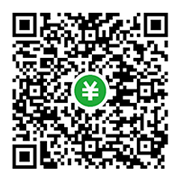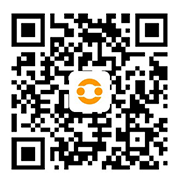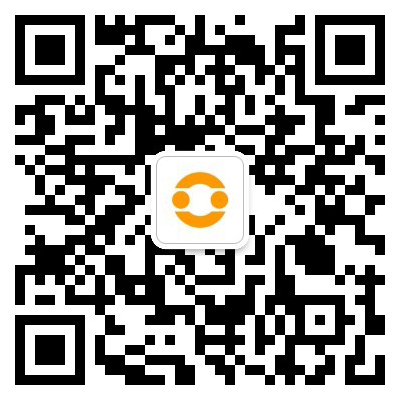I still recall that sinking feeling when I noticed an unauthorized charge on my bank statement last year—just $50, but it sent shivers down my spine. It was a wake-up call in this digital age where we swipe, tap, and click without a second thought. With digital payments booming, especially after the pandemic pushed us all online, our bank cards have become the keys to our financial lives. Yet, too many of us treat security like an afterthought, assuming the banks will handle it all. The truth? We\’re the first line of defense, and a few simple habits can save us from nightmares like identity theft or drained accounts.
Let\’s talk about the risks lurking out there. It\’s not just about hackers in dark rooms; it\’s the everyday stuff we overlook. Phishing emails that mimic your bank, urging you to \”verify\” your details? They look legit until you spot the dodgy URL. Or those public Wi-Fi hotspots at cafes—convenient for a quick coffee and a transfer, but a playground for snoopers intercepting your data. Even something as innocent as saving your card info on shopping sites can backfire if that retailer suffers a breach. And don\’t get me started on skimming devices at ATMs or gas pumps; they\’re still out there, silently stealing your numbers. The stats are sobering: fraud losses hit billions globally each year, and it\’s often preventable with a bit of vigilance.
So, how do you build a fortress around your finances? Start with the basics, like crafting strong, unique passwords for every account. I used to reuse the same one everywhere—big mistake. Now, I rely on a password manager; it generates and stores complex codes, so I don\’t have to remember them. Next up, enable two-factor authentication (2FA) wherever possible. It adds an extra layer, like a text code or app notification, making it way harder for intruders to waltz in. And while we\’re at it, make a habit of checking your bank statements weekly. I set a reminder every Sunday—it takes five minutes, but spotting a suspicious charge early can stop a small leak from becoming a flood.
Beyond that, think about your digital hygiene. Avoid making payments on public networks; if you must, use a VPN to encrypt your connection. Or better yet, switch to mobile wallets like Apple Pay or Google Wallet—they use tokenization, so your actual card number isn\’t shared. I\’ve also started using virtual cards for online shopping; services like Privacy.com create disposable numbers that expire after one use. And please, keep your devices updated! Those software patches aren\’t annoying pop-ups; they fix vulnerabilities that crooks exploit. Last tip: educate yourself. Follow banks\’ security blogs or watch out for scam alerts. After my own scare, I attended a free webinar on spotting phishing—it paid off when I dodged a fake \”urgent\” email last month.
At the end of the day, bank card security isn\’t about paranoia; it\’s about empowerment. We live in a connected world, and these tools are here to serve us, not scare us. Share your own stories or questions in the comments—let\’s learn from each other. Stay safe out there, folks.
评论:
 微信扫一扫打赏
微信扫一扫打赏
 支付宝扫一扫打赏
支付宝扫一扫打赏

